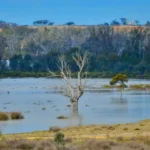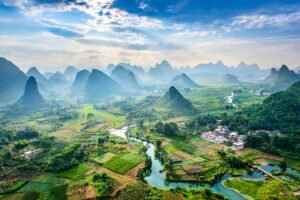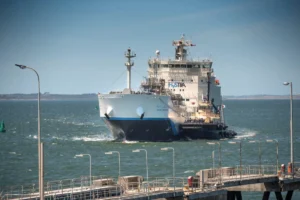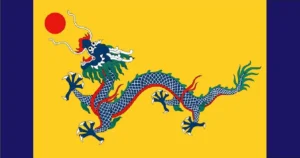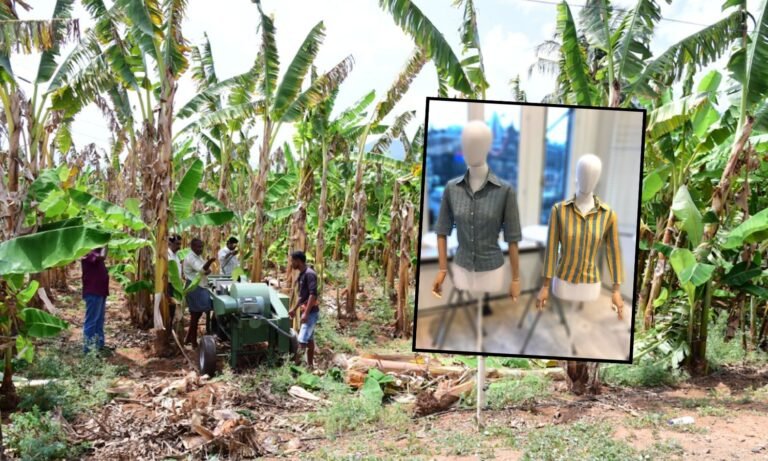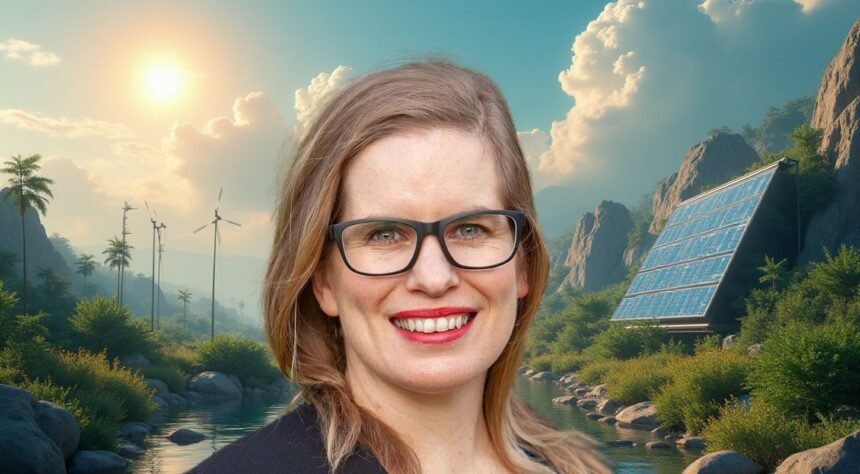Image: Uluru, or Ayers Rock, in the Northern Territories ‘Red Centre’ is a massive sandstone monolith 450 km from Alice Springs – a sacred indigenous Australians’ site formed around 550 million years ago.
It has been estimated that more than 400 remote or regional communities in Australia lack access to good-quality drinking water.
The weather in Uluru-Kata Tjuta National Park is extreme, highly variable and very difficult to predict. The average annual rainfall is around 300 mm, but this varies a lot from year to year. Because rainfall in the region is so erratic, animals and plants have evolved ways of conserving water by avoiding, tolerating or controlling extremes of heat. Desert animals rely on opportunistic breeding and feeding.
Commonwealth Scientific and Industrial Research Organisation Australian Government, (CSIRO), are helping to tackle the complex challenge of delivering clean and reliable water to remote areas in the Northern Territory, Queensland, Western Australia and South Australia, over expansive land masses. About the size of Europe!
Unequal access to safe and reliable water supplies in remote areas of Australia, and more specifically in First Nations communities, disproportionately affects Aboriginal and Torres Strait Islander peoples.
Poor reliability and quality of drinking water have flow-on effects on economic and health outcomes. Reliable and safe water of adequate quantity is essential for life, health and economic development.
Challenges and Solutions
The challenges for effective delivery of water supplies in remote areas are complex.
These challenges include water scarcity, extreme water quality issues associated with geochemically rich groundwater, high treatment costs, limited capacity for maintenance of infrastructure (such as treatment plants, bore fields and pumps), and supply chains that are impacted by distance, road conditions and limited access during the wet season.
It is vital that the technical solutions that are developed to overcome these challenges recognise individual community needs and ensure local, including First Nations communities, input into decision-making is essential.
Through a study funded by the National Water Grid Authority, CSIRO has provided an overview of the challenges of remote water supply, having identified the key water quality issues and the technology currently used to treat this water. They have also outlined some of the technological advances in water treatment that may address some of the current challenges for remote communities.
Artesian Bore is located at Go Go Station, Fitzroy Crossing Western Australia.
The report provides the National Water Grid Authority with a framework for reviewing alternative and emerging water treatment technologies to provide safe and reliable water supplies in remote communities (including First Nations communities), and to guide the prioritisation of investment in water infrastructure.
Current water treatment technologies have the potential to treat most water quality concerns. However, ongoing development of emerging technologies may be warranted for:
- developing systems that are robust, effective and fail-safe under extreme conditions or with limited maintenance
- reducing the need for chemical transport, handling and dosing
- providing more efficient desalinisation methods, reducing waste stream generation and minimising water wastage
- reducing energy consumption and integrating with renewable energy sources such as solar
- developing alternative disposal options for brines and other wastes, including safe disposal of uranium, and
- developing technology for the treatment of extreme and emerging water quality issues. Electrocholrination, capacitive deionisation, adsorption, novel osmosis technology and atmospheric water harvest may have the potential to address some of these challenges.
View here the CSIRO report for Water quality review and treatment technology framework for remote community water supply

